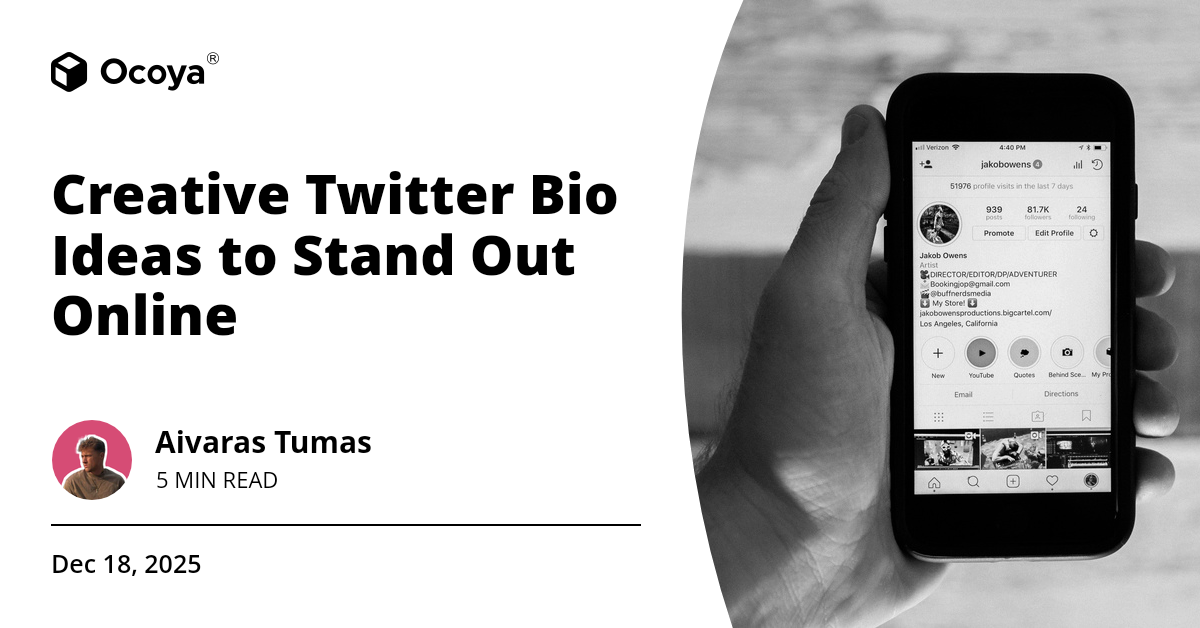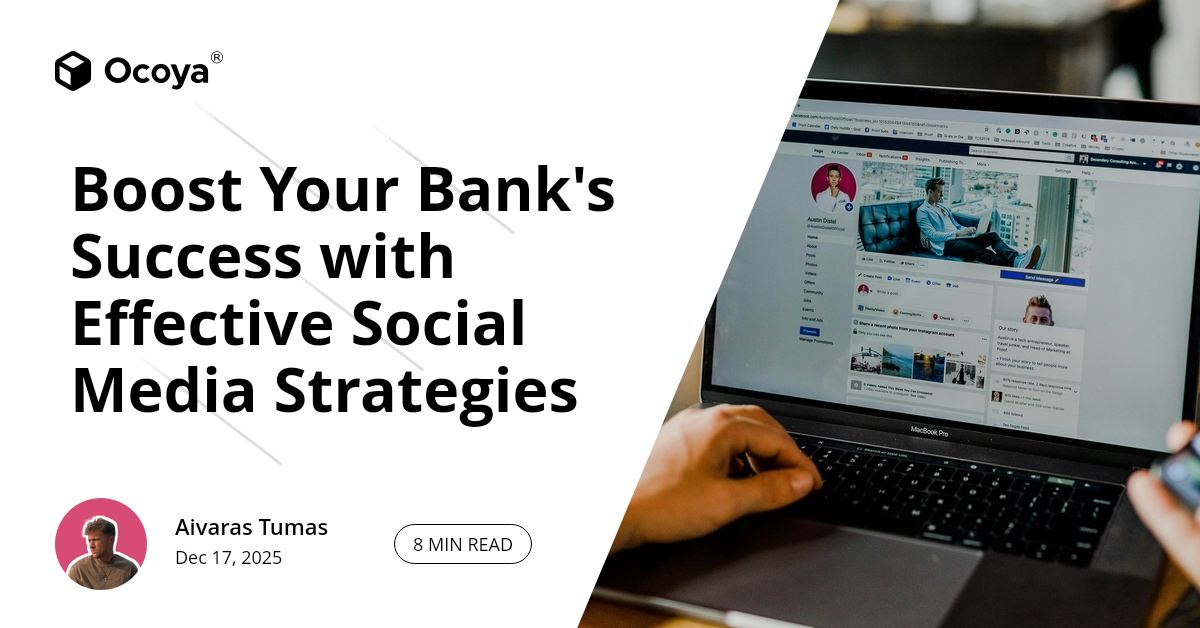
August 2, 2025
Marketing
Boost Nonprofit Impact with Social Media Marketing Strategies

The Power of Social Media Marketing for Nonprofits
Social media marketing offers various benefits for nonprofits, such as heightened visibility, cost-effective branding, and the ability to engage with a wider audience. Unlike traditional marketing methods, social media allows for personalized and immediate interactions, which can significantly enhance community participation and support.Enhanced Visibility and Awareness
One of the most significant advantages of using social media marketing for nonprofits is enhanced visibility. Platforms like Facebook, Instagram, Twitter, and LinkedIn provide an unprecedented opportunity to reach millions of individuals within a short time.For instance, creating visually appealing posts about your nonprofit's activities and cause can instantly attract attention. Using hashtags and tagging relevant accounts can further amplify your reach. When executed well, social media campaigns can make your nonprofit's message go viral, dramatically increasing awareness.
Cost-Effective Marketing
Traditional advertising methods like print, radio, and TV ads can be extremely expensive, especially for nonprofits operating on limited budgets. On the other hand, social media platforms offer free or low-cost options for marketing.Even with a modest budget, targeted ads on social media can be highly effective. These platforms provide detailed analytics and optimization options that allow you to tailor your campaigns precisely to your audience's interests and demographics. This maximizes the impact of every dollar spent, ensuring that your marketing efforts are both efficient and effective.
Real-Time Interaction
Social media provides a platform for real-time interaction with your audience, enabling immediate communication and engagement. This can be particularly beneficial during fundraising campaigns, awareness events, or crisis situations where timely updates are crucial.By responding promptly to comments, messages, and mentions, you can create a more personalized and interactive user experience. This not only fosters a sense of community but also builds trust and credibility for your nonprofit organization.
Storytelling and Content Sharing
Social media is a powerful tool for storytelling. By sharing stories, testimonials, and success cases, nonprofits can create an emotional connection with their audience. The use of visual content like photos and videos can make your stories more compelling and shareable.User-generated content, such as volunteers' experiences and beneficiary testimonials, can also be reposted to amplify your message. Encouraging your followers to share their stories related to your cause can further increase engagement and reach.
Strategies for Effective Social Media Marketing
Define Your Objectives
Before diving into social media marketing, it’s essential to define your objectives clearly. Whether you aim to raise awareness, drive fundraising, recruit volunteers, or educate the public, having a clear goal will guide your strategy and ensure that every action you take aligns with your mission.Set measurable targets such as increasing followers, boosting engagement rates, or achieving a specific fundraising goal. Clear objectives will make it easier to evaluate the success of your social media efforts and make necessary adjustments.
Know Your Audience
Understanding your audience is crucial for creating relevant and engaging content. Conduct research to identify the demographics, preferences, and behaviors of your target audience. Use analytics tools to monitor and analyze audience interactions and preferences.Segment your audience based on factors like age, location, interests, and engagement history. Tailor your content and communication strategies to each segment to increase relevance and effectiveness.
Create Compelling Content
Content is king in the realm of social media. Create a content plan that includes a mix of educational, inspirational, and engaging posts. Use visuals, infographics, videos, and stories to capture attention and convey your message powerfully.Consistency is key. Regular posting keeps your audience engaged and informed. Utilize tools like Ocoya to automate content creation and scheduling, ensuring you maintain a consistent online presence.
Leverage Influencers and Partnerships
Collaborating with influencers and organizations that share your values can significantly boost your reach. Influencers can amplify your message to their followers, while partnerships can provide mutual benefits and enhanced visibility.Identify influencers and partners whose audience aligns with your target demographic. Approach them with a clear proposal and demonstrate how the collaboration can be mutually beneficial. Sharing responsibilities and leveraging combined resources can lead to more impactful campaigns.
Engage and Interact
Engagement is paramount on social media. Actively interact with your followers by responding to comments, sharing user-generated content, and hosting live sessions and Q&A events. Engaging with your audience makes them feel valued and fosters a deeper connection with your cause.Address feedback, both positive and negative, promptly and professionally. Transparent and genuine communication can turn followers into advocates and supporters of your cause.
Utilize Analytics
Regularly analyze your social media performance using analytics tools. Track metrics such as engagement rates, reach, followers growth, and website traffic to evaluate the effectiveness of your campaigns.Identify what works and what doesn’t, and adjust your strategy accordingly. Tools like Ocoya offer detailed analytics and insights that can guide your decisions and help optimize your social media marketing efforts.
Challenges and Solutions in Social Media Marketing for Nonprofits
Limited Resources
Many nonprofits struggle with limited resources, which can hinder their social media marketing efforts. However, there are solutions to this challenge. Leveraging free and low-cost tools, volunteer support, and community engagement can significantly offset resource limitations.Platforms like Ocoya can automate many aspects of social media marketing, including content creation and scheduling. This frees up valuable time for your team to focus on other critical tasks while ensuring your social media presence remains active and engaging.
Maintaining Engagement
Keeping your audience consistently engaged can be challenging, especially with the ever-changing algorithms of social media platforms. To maintain engagement, focus on creating high-quality, relevant, and timely content.Encourage interaction by asking questions, conducting polls, and initiating discussions. Celebrate milestones, share behind-the-scenes insights, and provide value to your audience through educational and inspiring content.
Measuring Impact
Measuring the impact of your social media efforts can be complex but is essential for demonstrating success and making informed adjustments. Utilize analytics tools to track key performance indicators (KPIs) related to your objectives.Platforms like Ocoya offer detailed metrics and insights, making it easier to measure the effectiveness of your campaigns and overall social media performance. Regularly review and analyze these metrics to refine your strategies and achieve your goals.
Creating a Sustainable Social Media Marketing Plan
Set Realistic Goals
Establish realistic and achievable goals for your social media marketing plan. Consider your resources, audience, and the current landscape of social media to set attainable targets.Break down your goals into smaller, actionable steps. Regularly review your progress and celebrate milestones to maintain momentum and motivation within your team.
Develop a Content Calendar
A content calendar helps you plan and organize your social media activities effectively. Map out your content schedule, including posts, campaigns, events, and special days relevant to your cause.Ensure your calendar aligns with your objectives and audience preferences. Utilize tools like Ocoya to automate content scheduling and streamline your social media planning.
Train Your Team
Equip your team with the necessary skills and knowledge to execute your social media marketing plan efficiently. Provide training on content creation, social media management, and analytics.Keep your team updated on the latest trends and best practices in social media marketing. Regularly review and refine your strategies with input from your team to ensure continuous improvement.
Evaluate and Adapt
Regular evaluation is crucial for the success of your social media marketing efforts. Continuously monitor and analyze your performance, and be willing to adapt your strategies based on insights and feedback.Stay flexible and open to change. The social media landscape is dynamic, and being adaptable will help you stay ahead and achieve your objectives more effectively.
Seek Professional Assistance
If your nonprofit lacks the expertise or resources to manage social media marketing effectively, consider seeking professional assistance. Hiring social media consultants or agencies can provide valuable insights and support to enhance your efforts.Professional tools like Ocoya offer comprehensive solutions for social media marketing, from content creation and scheduling to analytics and optimization. Leveraging such tools can significantly improve your efficiency and effectiveness in reaching and engaging your audience.
Conclusion
The advantages of using social media marketing for nonprofits are vast and impactful. By understanding and harnessing these benefits, you can elevate your nonprofit's presence, engagement, and impact significantly. From enhanced visibility and cost-effective marketing to real-time interaction and powerful storytelling, social media offers unparalleled opportunities for nonprofits to connect with their audience and advance their mission.With clearly defined objectives, a deep understanding of your audience, compelling content, strategic partnerships, active engagement, and regular analysis, your nonprofit can create a sustainable and effective social media marketing plan. Overcoming challenges and continuously adapting your strategies will ensure long-term success and growth.
If you're looking to optimize your social media marketing efforts, consider leveraging Ocoya. With its advanced features and user-friendly interface, Ocoya can streamline your social media campaigns, from content creation and scheduling to detailed analytics. Sign up for a free trial of Ocoya at https://www.app.ocoya.com and take your nonprofit's social media marketing to the next level.
Key Takeaways
- Enhanced visibility and awareness through social media platforms.
- Cost-effective marketing options for nonprofits with limited budgets.
- Real-time interaction and personalized engagement with your audience.
- The power of storytelling and visual content to connect emotionally with your audience.
- Clear objectives, audience understanding, and compelling content are essential for success.
- Strategic partnerships and influencer collaborations can significantly boost reach.
- Regular analysis and adaptation of strategies ensure continued success.
- Utilize professional tools like Ocoya to streamline and optimize your social media efforts.

Continue Reading
The latest handpicked blog articles.



.svg)

.svg)







